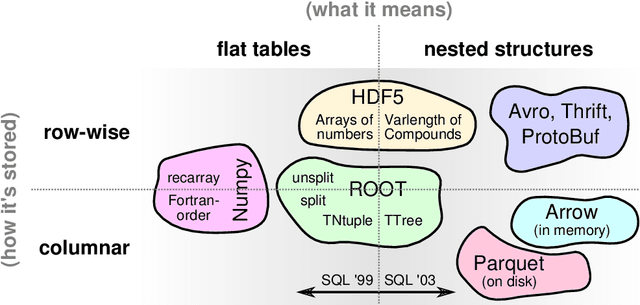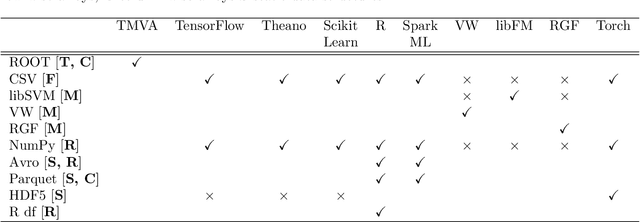John Harvey
Large Language Models as 'Hidden Persuaders': Fake Product Reviews are Indistinguishable to Humans and Machines
Jun 16, 2025Abstract:Reading and evaluating product reviews is central to how most people decide what to buy and consume online. However, the recent emergence of Large Language Models and Generative Artificial Intelligence now means writing fraudulent or fake reviews is potentially easier than ever. Through three studies we demonstrate that (1) humans are no longer able to distinguish between real and fake product reviews generated by machines, averaging only 50.8% accuracy overall - essentially the same that would be expected by chance alone; (2) that LLMs are likewise unable to distinguish between fake and real reviews and perform equivalently bad or even worse than humans; and (3) that humans and LLMs pursue different strategies for evaluating authenticity which lead to equivalently bad accuracy, but different precision, recall and F1 scores - indicating they perform worse at different aspects of judgment. The results reveal that review systems everywhere are now susceptible to mechanised fraud if they do not depend on trustworthy purchase verification to guarantee the authenticity of reviewers. Furthermore, the results provide insight into the consumer psychology of how humans judge authenticity, demonstrating there is an inherent 'scepticism bias' towards positive reviews and a special vulnerability to misjudge the authenticity of fake negative reviews. Additionally, results provide a first insight into the 'machine psychology' of judging fake reviews, revealing that the strategies LLMs take to evaluate authenticity radically differ from humans, in ways that are equally wrong in terms of accuracy, but different in their misjudgments.
Lifelong Testing of Smart Autonomous Systems by Shepherding a Swarm of Watchdog Artificial Intelligence Agents
Dec 21, 2018



Abstract:Artificial Intelligence (AI) technologies could be broadly categorised into Analytics and Autonomy. Analytics focuses on algorithms offering perception, comprehension, and projection of knowledge gleaned from sensorial data. Autonomy revolves around decision making, and influencing and shaping the environment through action production. A smart autonomous system (SAS) combines analytics and autonomy to understand, learn, decide and act autonomously. To be useful, SAS must be trusted and that requires testing. Lifelong learning of a SAS compounds the testing process. In the remote chance that it is possible to fully test and certify the system pre-release, which is theoretically an undecidable problem, it is near impossible to predict the future behaviours that these systems, alone or collectively, will exhibit. While it may be feasible to severely restrict such systems\textquoteright \ learning abilities to limit the potential unpredictability of their behaviours, an undesirable consequence may be severely limiting their utility. In this paper, we propose the architecture for a watchdog AI (WAI) agent dedicated to lifelong functional testing of SAS. We further propose system specifications including a level of abstraction whereby humans shepherd a swarm of WAI agents to oversee an ecosystem made of humans and SAS. The discussion extends to the challenges, pros, and cons of the proposed concept.
Machine Learning in High Energy Physics Community White Paper
Jul 08, 2018


Abstract:Machine learning is an important research area in particle physics, beginning with applications to high-level physics analysis in the 1990s and 2000s, followed by an explosion of applications in particle and event identification and reconstruction in the 2010s. In this document we discuss promising future research and development areas in machine learning in particle physics with a roadmap for their implementation, software and hardware resource requirements, collaborative initiatives with the data science community, academia and industry, and training the particle physics community in data science. The main objective of the document is to connect and motivate these areas of research and development with the physics drivers of the High-Luminosity Large Hadron Collider and future neutrino experiments and identify the resource needs for their implementation. Additionally we identify areas where collaboration with external communities will be of great benefit.
 Add to Chrome
Add to Chrome Add to Firefox
Add to Firefox Add to Edge
Add to Edge